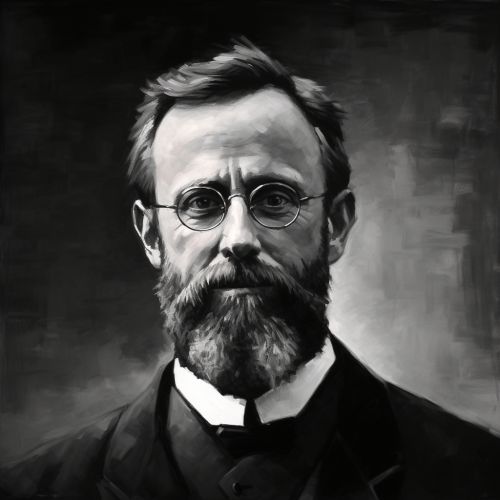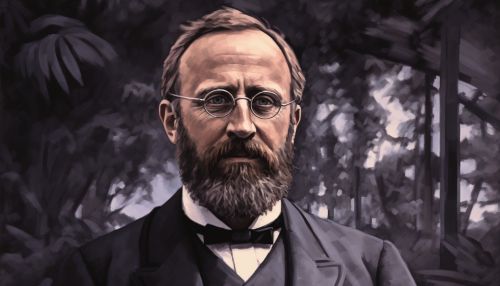Riemann hypothesis
Introduction
The Riemann Hypothesis is a conjecture in mathematics that was proposed by Bernhard Riemann, a German mathematician, in 1859. It is a hypothesis related to the distribution of prime numbers, which are numbers that have exactly two distinct positive divisors: 1 and themselves. The hypothesis, which remains unproven, is one of the most famous unsolved problems in mathematics and has significant implications for number theory and related fields.


Background
The Riemann Hypothesis is named after Bernhard Riemann, who first proposed it in a paper titled "On the Number of Primes Less Than a Given Magnitude", published in 1859. In this paper, Riemann introduced the concept of the Riemann zeta function, a complex function that extends the concept of the Euler's zeta function to the complex plane. The Riemann Hypothesis is a conjecture about the zeros of this function.
Riemann Zeta Function
The Riemann zeta function is a function of a complex variable s that analytically continues the sum of the infinite series which converges when the real part of s is greater than 1. More formally, the Riemann zeta function is defined for complex s, with real part greater than 0, as the analytic continuation of the series defined for s with real part greater than 1.
Statement of the Riemann Hypothesis
The Riemann Hypothesis is concerned with the zeros of the Riemann zeta function. A zero of a function is a value of the input (the argument of the function) for which the output (the value of the function) is zero. The Riemann zeta function has trivial zeros at the negative even integers and nontrivial zeros in the critical strip, a vertical strip in the complex plane. The Riemann Hypothesis states that all nontrivial zeros of the Riemann zeta function lie on the critical line, a vertical line in the middle of the critical strip.
Significance of the Riemann Hypothesis
The Riemann Hypothesis, if true, would have profound implications for number theory and related fields. It is intimately connected with the distribution of prime numbers, the building blocks of arithmetic. The hypothesis implies results about the distribution of prime numbers that are stronger than any that have been proven unconditionally. It is also connected with many other parts of mathematics, including algebraic geometry, random matrix theory, and quantum chaos.
Attempts at Proof and Disproof
Many attempts have been made to prove or disprove the Riemann Hypothesis. Despite these efforts, the hypothesis remains unproven. Some of the most significant attempts include those by David Hilbert, G.H. Hardy, and Atle Selberg. The Clay Mathematics Institute has listed the Riemann Hypothesis as one of its seven "Millennium Prize Problems", offering a prize of $1 million for a correct solution.
